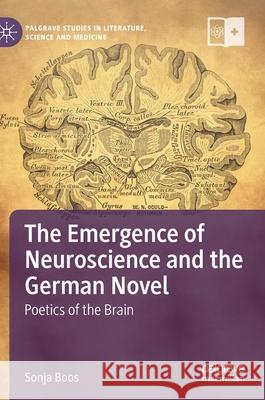The Emergence of Neuroscience and the German Novel: Poetics of the Brain » książka
topmenu
The Emergence of Neuroscience and the German Novel: Poetics of the Brain
ISBN-13: 9783030828158 / Angielski / Twarda / 2021 / 308 str.
The Emergence of Neuroscience and the German Novel: Poetics of the Brain
ISBN-13: 9783030828158 / Angielski / Twarda / 2021 / 308 str.
cena 467,99 zł
(netto: 445,70 VAT: 5%)
Najniższa cena z 30 dni: 462,63 zł
(netto: 445,70 VAT: 5%)
Najniższa cena z 30 dni: 462,63 zł
Termin realizacji zamówienia:
ok. 20 dni roboczych.
ok. 20 dni roboczych.
Darmowa dostawa!
Kategorie:
Kategorie BISAC:
Wydawca:
Palgrave MacMillan
Seria wydawnicza:
Język:
Angielski
ISBN-13:
9783030828158
Rok wydania:
2021
Wydanie:
2021
Numer serii:
000778134
Ilość stron:
308
Waga:
0.48 kg
Wymiary:
21.01 x 14.81 x 1.75
Oprawa:
Twarda
Wolumenów:
01
Dodatkowe informacje:
Wydanie ilustrowane











